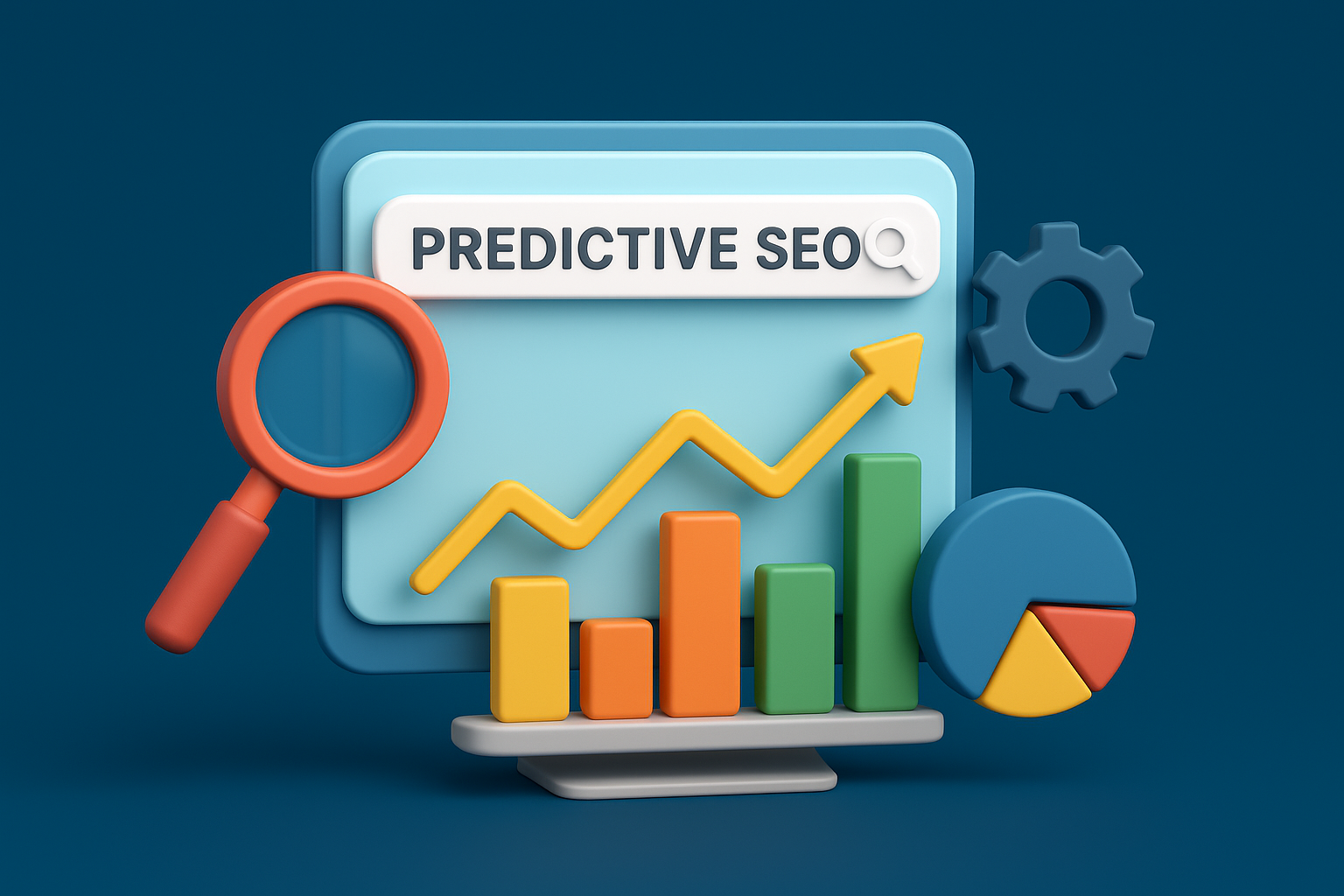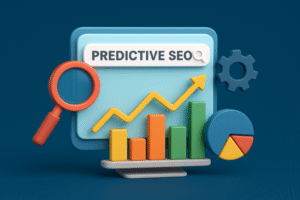

Ad Servers – Optimize Your Digital Campaigns
ad serving plays a pivotal role in connecting businesses with their target audiences. From ad management and optimization to targeting and programmatic platforms, understanding these concepts is crucial for businesses aiming to maximize their advertising efforts. This guide explores ad serving and related keywords to provide a detailed understanding of how the system works and benefits advertisers.
Table of Contents
ToggleWhat is Ad Serving?
Ad serving refers to the technology and processes used to place advertisements on digital platforms. It involves the delivery, tracking, and management of ads across websites, apps, and social media. Ad servers, the backbone of this process, decide which ads to show to users based on targeting parameters and performance metrics.
How does Ad Serving Work?
Ad serving begins with a user’s action, such as visiting a website or app. Here’s a simplified workflow:
- A user visits a webpage or app.
- The ad server processes the request and selects an appropriate ad based on targeting criteria.
- The selected ad is displayed to the user.
- The ad server tracks user engagement, such as clicks or impressions.
This seamless interaction ensures that users see relevant ads while advertisers reach their intended audience effectively.
Ad Management: Simplifying the Process
Ad management involves organizing and overseeing all advertising activities, from campaign setup to performance monitoring. Effective ad management tools provide businesses with the ability to:
- Schedule ads for specific times or audiences.
- Allocate budgets efficiently.
- Monitor real-time performance metrics.
Ad Optimization: Maximizing ROI
Ad optimization refers to refining advertising strategies to improve performance. Techniques include:
- A/B testing ad creatives.
- Adjusting targeting parameters.
- Using data insights to enhance click-through rates (CTR) and conversions.
Optimization ensures that ad spend translates into measurable outcomes, such as increased sales or leads.
Ad Targeting: Reaching the Right Audience
Ad targeting is the practice of displaying ads to specific groups based on demographics, interests, location, and online behavior. Advanced targeting techniques include:
- Behavioral targeting: Based on user activity.
- Contextual targeting: Ads appear on relevant content pages.
- Retargeting: Targeting users who have interacted with a business previously.
By tailoring messages to audience segments, advertisers can improve engagement and conversion rates.
Ad Platforms: The Gateway to Digital Advertising
Ad platforms are online systems that allow businesses to create, manage, and distribute ads. Examples include Google Ads, Facebook Ads, and Amazon Ads. These platforms provide robust tools for:
- Campaign creation.
- Audience segmentation.
- Performance analytics.
Online Ad Serving vs. Mobile Ad Serving
Online ad serving refers to delivering ads across desktop and web-based platforms. It is ideal for reaching users engaged in online browsing or shopping.
Mobile ad serving, on the other hand, focuses on delivering ads to users on smartphones and tablets. As mobile usage continues to rise, mobile ad serving is essential for businesses targeting on-the-go consumers.
Digital Ad Management and Programmatic Ad Platforms
Digital ad management integrates all aspects of online advertising into a unified platform. This approach ensures that campaigns are cohesive and aligned with business objectives.
Programmatic ad platforms automate the buying and selling of ads using real-time bidding (RTB). They allow advertisers to:
- Reach audiences at scale.
- Optimize ad spend with machine learning.
- Gain access to premium ad inventories.
Ad Serving Software: Streamlining Operations
Ad serving software provides businesses with tools to manage and deliver ads effectively. Features include:
- Ad trafficking: Managing ad placements across channels.
- Reporting: Analyzing performance metrics.
- Integration: Connecting with demand-side platforms (DSPs) and supply-side platforms (SSPs).
Best Ad Serving Platforms
Choosing the best ad serving platform depends on business needs and objectives. Key platforms include:
- Google Ad Manager: Comprehensive and widely used.
- AdRoll: Ideal for retargeting campaigns.
- MediaMath: Focused on programmatic advertising.
Benefits of Programmatic Ad Serving
Programmatic ad serving leverages automation to deliver ads efficiently. Benefits include:
- Cost Efficiency: Real-time bidding optimizes ad spend.
- Precision Targeting: Algorithms ensure ads reach the right audience.
- Scalability: Programmatic platforms support campaigns of all sizes.
Audience Targeting: The Key to Success
Audience targeting is fundamental to ad serving. By identifying and segmenting audiences, businesses can create personalized experiences that resonate with users. Techniques like lookalike targeting and geotargeting enhance the relevance of ads, leading to higher engagement.
Ad serving tools
1. Google Ad Manager
Best for: Businesses of all sizes, publishers, and advertisers.
- A comprehensive ad serving platform that supports ad delivery, inventory management, and reporting.
- Features include programmatic ads, real-time bidding, and cross-platform support.
- Integrates seamlessly with other Google products, like Google Ads and Analytics.
2. AdButler
Best for: Publishers, agencies, and advertisers.
- A flexible ad serving platform with support for various ad formats, including display, native, and video.
- Provides advanced targeting options, customizable ad placements, and detailed reporting.
- Known for its user-friendly interface and scalability.
3. Epom Ad Server
Best for: Advertisers, networks, and publishers.
- Offers features like campaign management, real-time analytics, and cross-channel ad serving.
- Supports all major ad formats, including banner, native, video, and rich media.
- Enables white-label solutions for companies wanting to brand their ad server.
4. Kevel (formerly Adzerk)
Best for: Custom ad serving solutions.
- Allows businesses to build custom ad platforms tailored to their unique needs.
- Focuses on API-driven ad serving with support for sponsored listings, internal promotions, and ad exchanges.
- Ideal for e-commerce, marketplaces, and app developers.
5. OpenX
Best for: Publishers looking for programmatic ad solutions.
- A leading programmatic ad exchange and ad serving tool.
- Supports header bidding, real-time bidding (RTB), and advanced analytics.
- Optimized for maximizing ad revenue for publishers.
6. AdRoll
Best for: Retargeting and performance marketing.
- Specializes in retargeting campaigns to engage users who have interacted with a brand.
- Offers AI-driven ad placements, email marketing integration, and cross-device retargeting.
- Combines ad serving with marketing automation tools.
7. SmartyAds Ad Server
Best for: Programmatic ad delivery and optimization.
- Supports multiple ad formats like display, video, mobile, and native.
- Features AI-driven ad placements, real-time bidding, and comprehensive analytics.
- Provides white-label solutions and customizable dashboards.
8. MediaMath
Best for: Large-scale advertisers and agencies.
- A robust demand-side platform (DSP) for programmatic advertising.
- Features advanced targeting options, data management, and AI-driven optimization.
- Enables integration with various third-party tools for a complete advertising ecosystem.
9. AdGlare
Best for: Publishers and agencies managing multiple campaigns.
- Focuses on simplicity and speed, with an easy-to-use interface for managing ads.
- Supports multiple ad formats and provides extensive customization options.
- Includes features for click fraud detection and detailed reporting.
10. Revive Adserver (Open-Source)
Best for: Small businesses, developers, and cost-conscious advertisers.
- A free, open-source ad serving platform ideal for custom setups.
- Supports banner, text, video, and HTML5 ad formats.
- Requires technical expertise to install and maintain.
11. Amazon Advertising (formerly Amazon DSP)
Best for: E-commerce advertisers and brands selling on Amazon.
- Combines ad serving with Amazon’s rich customer data.
- Enables precise audience targeting based on shopping behavior and interests.
- Supports display, video, and audio ads across Amazon properties and third-party sites.
12. Zedo
Best for: Publishers and premium ad inventories.
- Focused on high-quality ad delivery for publishers with premium inventory.
- Features include high-impact ad formats, video ad serving, and advanced reporting tools.
13. AppNexus (Xandr)
Best for: Enterprise advertisers and publishers.
- Offers programmatic ad serving solutions with support for RTB and private marketplaces.
- Advanced analytics and inventory management tools.
- Ideal for businesses looking to scale their programmatic efforts.
14. Flashtalking by Mediaocean
Best for: Personalized and creative ad serving.
- Focuses on creative personalization and dynamic ad serving.
- Includes features for ad tracking, measurement, and cross-device targeting.
- Ideal for brands aiming for highly customized ad campaigns.
15. Sizmek Ad Suite
Best for: Multi-channel campaigns.
- Supports display, mobile, video, and social ad formats.
- Provides tools for dynamic creative optimization (DCO) and cross-platform tracking.
- Offers in-depth campaign insights and flexible integrations.
Choosing the Right Tool
When selecting an ad serving tool, consider:
- Budget: Open-source tools like Revive Adserver are cost-effective, while premium platforms offer advanced features at higher costs.
- Scale: Larger businesses may require tools like MediaMath or Google Ad Manager, while smaller businesses might find AdButler or AdRoll sufficient.
- Use Case: Tools like AdRoll are ideal for retargeting, while Kevel is better for custom solutions.
Conclusion
Ad serving is the backbone of modern digital advertising, supported by tools and strategies like ad management, optimization, and programmatic platforms. By understanding and leveraging these elements, businesses can create campaigns that not only reach their target audience but also deliver measurable results. Whether through advanced ad serving software or precision audience targeting, the possibilities are endless for businesses looking to thrive in the digital advertising space.
Related Posts
tlover tonet
I have been checking out a few of your posts and i can state pretty nice stuff. I will definitely bookmark your website.






















2 comments